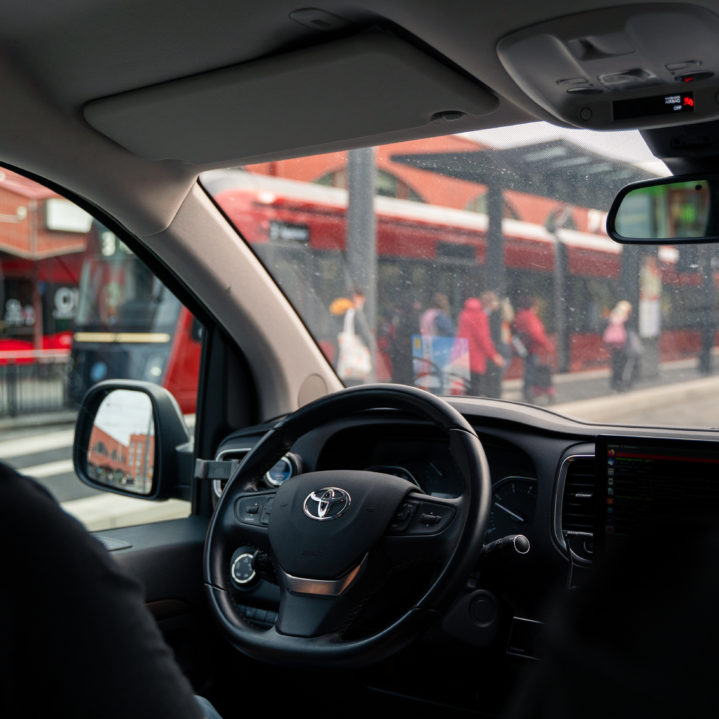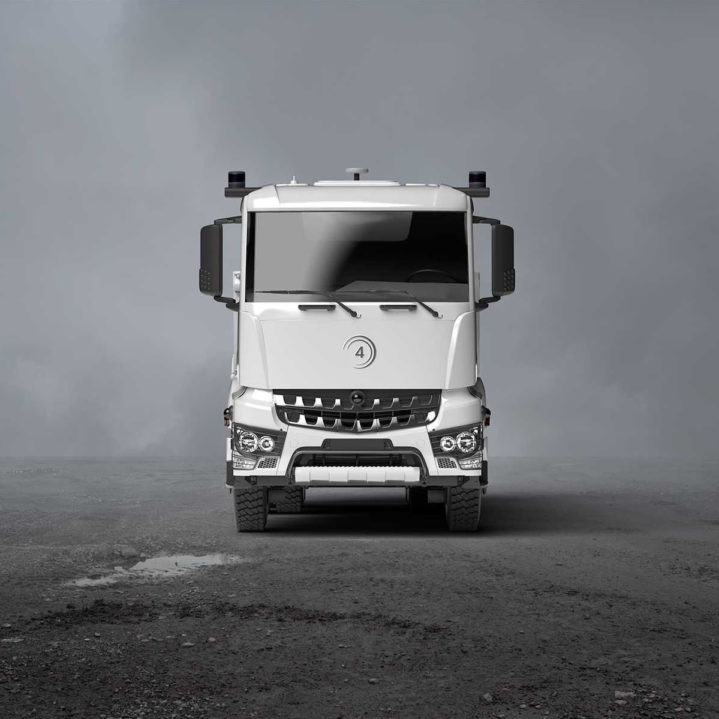Insight
Innovation: The Perspective from a Deep-Tech Start-Up
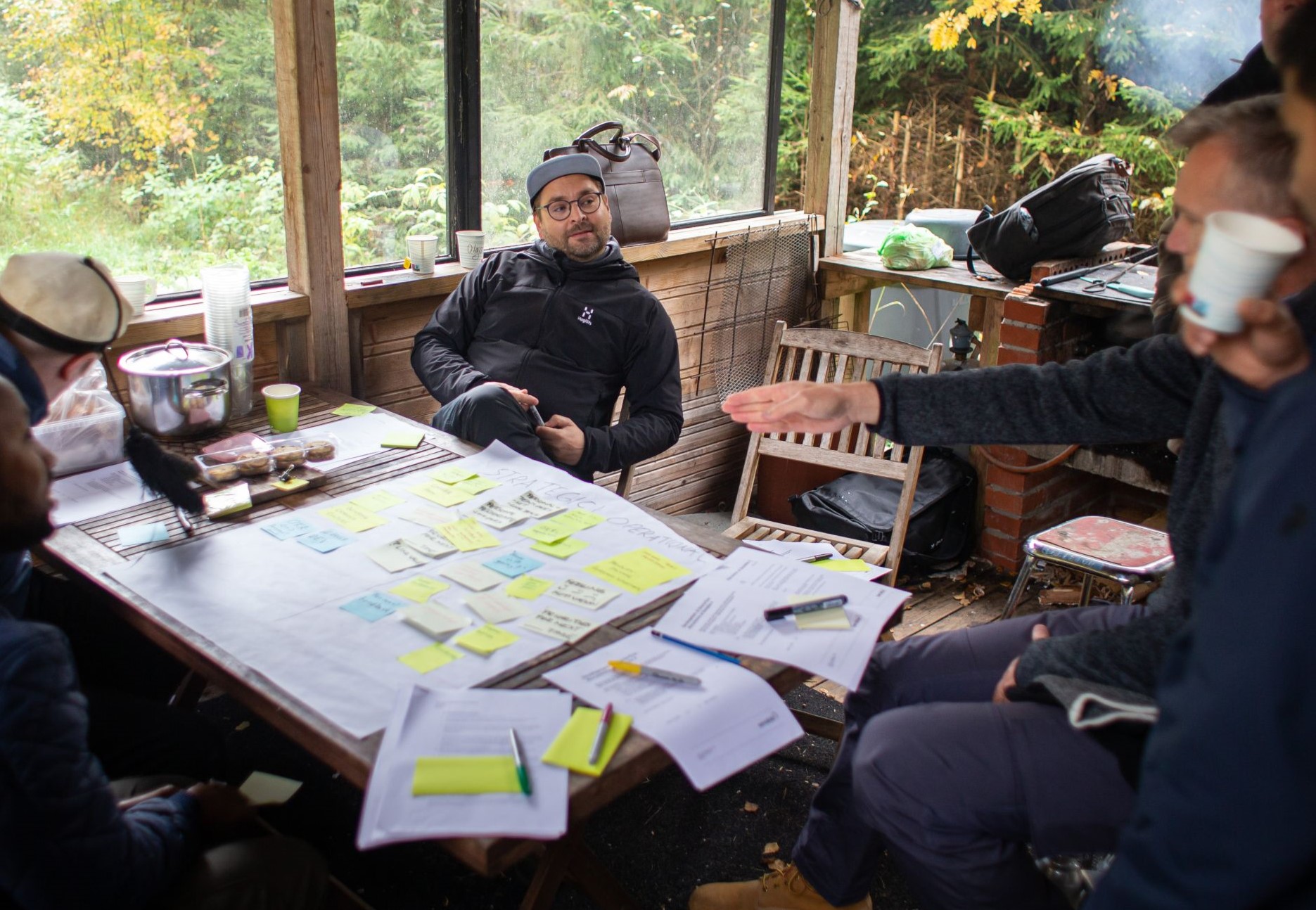
Peter Drucker famously said that “culture eats strategy for breakfast” to emphasize the persistence and durability of culture in organizations. No matter what is defined on paper and in process documents, culture as the way people actually behave, will always overcome them. This is also true when it comes to innovation.
To start off, when creating something new, it is usually difficult to accurately predict the final outcome. Hence, it wouldn’t be new or explorative. So the culture of creating something new is valuable itself, although there is no guarantee of success. This also applies to autonomous driving, which involves developing something that has yet to exist.
Secondly, if innovation management is seen as the different practices, processes, and ways of working that companies use to increase the likelihood of coming up with the next big thing, then innovation culture is the most powerful tool in that toolbox.
The Sweet Spot for Innovation
Complex problems need diverse people and ideas. For example, Aalto University, where many of our staff studied, mixes different disciplines and viewpoints to help with today’s grand challenges.
As an innovator, you should always consider different perspectives when evaluating your ideas. One useful framework is design thinking, which uses three criteria: desirability, feasibility, and viability. These criteria can help you create solutions for complex domains such as autonomous driving:
- Desirability: a solution that a customer really needs
- Feasibility: a solution that is possible to produce and/or builds on the strengths on your current operational capabilities
- Viability: a solution that somebody is willing to pay for

Miss one of these and your idea will not make it. In the world of autonomous driving, technology provides a user experience that people find desirable and worth paying for. Typically, the recommendation is to start from desirability to ensure there is a real need for your idea. But in order to assess your idea, you first need to have it.
Creativity Can Be Learned
Many people think that innovating or having ideas means brainstorming sessions. But that’s only part of it. Another common idea is that only creative people can have new and inventive ideas. But most people are not born creative. They just practice it more.
One of the leading scholars on creativity, Theresa Amabile, defines individual creativity consisting of three components:
- Expertise: domain-specific skills on specific field
- Creative-thinking skills: how flexibly and imaginatively people approach problems
- Motivation: especially intrinsic motivation, often referred to as passion
Creative-thinking skills, just like domain-specific skills, can be learned and taught over time. So, the more you practice different techniques or processes for solving problems creatively, the more “creative” you will be. You can find many exercises online to practice. Motivation will be discussed in the second part of this blog.
“Creative-thinking skills, just like domain-specific skills, can be learned and taught over time.”
Power of the Group
As was discussed earlier, often a single discipline or perspective is no longer sufficient. It is difficult to be the Leonardo da Vinci of the 21st century. So in addition to individual creativity, group creativity is needed.
Group creativity often takes many forms, with brainstorming being one of the most popular. Regardless of the method used, there are a few key tips to keep in mind when attempting creative group work:
- Quantity brings quality – when it comes to ideation and ideas, the more ideas there are, the more like it is there will be quality
- Any method is better than no method – the simplest way is for everyone to first list ideas individually to ensure everyone’s view comes out
- No criticism – ideas should be evaluated for sure but not during the generative phase
- The most difficult criticism often to avoid is self criticism
My former boss often asked how many people have actually experienced the storm in a brainstorming session. Similar point comes across e.g. in research when looking into when ideas come:
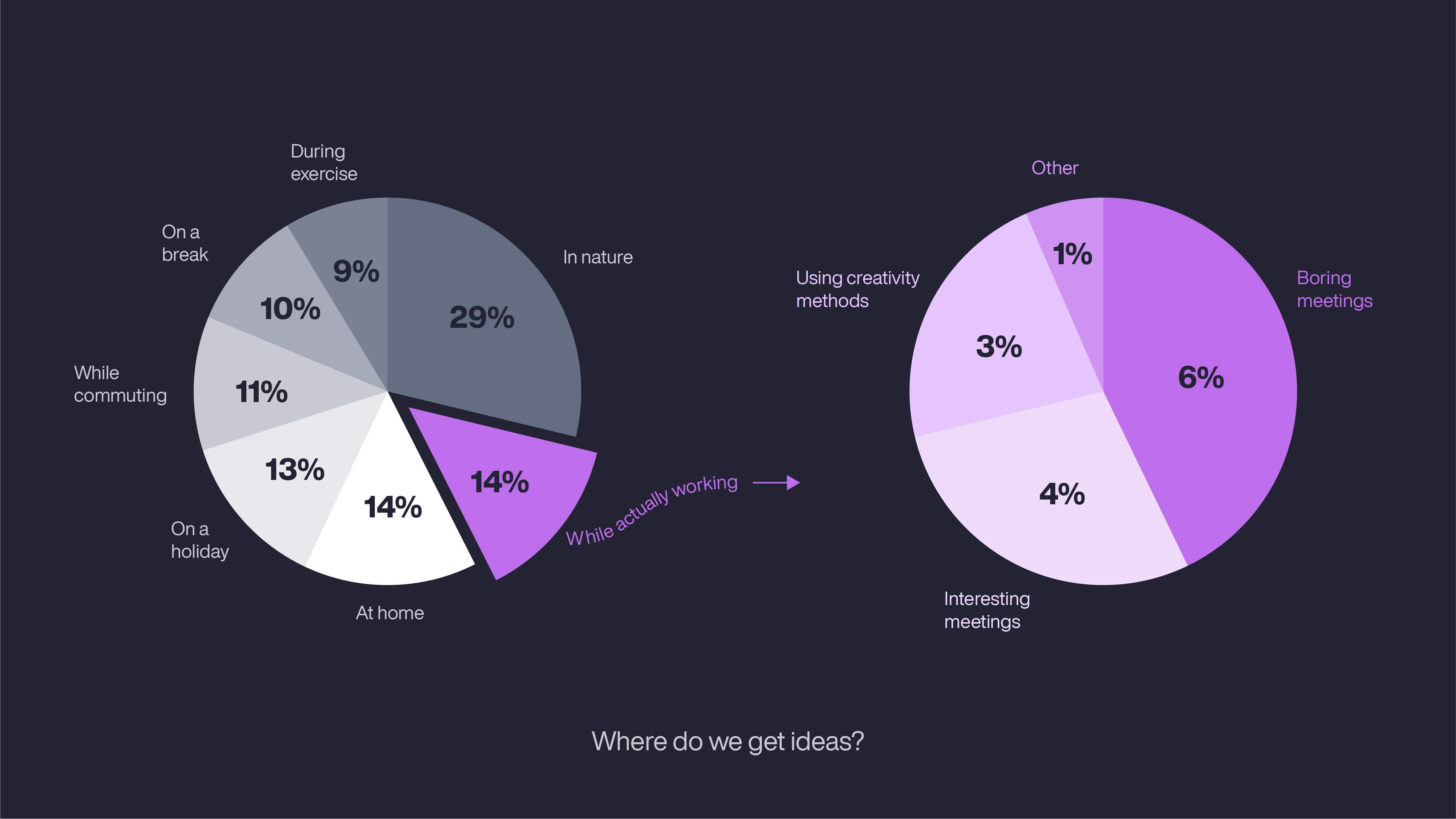
The interesting finding here is that the majority of ideas come from outside of working hours, when our brains are not focused on the task at hand.
Looking at the above finding from the other (also interesting) angle: only a small percentage of ideas actually come during brainstorming sessions. The key takeaway here should not be that brainstorming sessions are futile and should be stopped immediately; rather, the benefits of these sessions are that they help to utilize, distribute, combine, and build on knowledge, as well as strengthen motivation and commitment. And often they are the interactions in the sessions, and exposure to the ideas and views of others, that then lead to those killer ideas while in nature, working out, in the shower etc.
Thus, even though an individual brainstorming session may not generate any groundbreaking ideas, it plays an important role in creating the conditions for such ideas to arise later.
“The majority of ideas come from outside of working hours.”
Opportunities for innovation
We have been working to promote individual and group creativity in our organization through regular innovation activities. These allow co-development across the organization, and are one of the core ways for us to support and build innovation culture across Sensible 4.
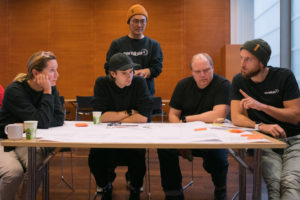
Open Innovation House is an idea jam session for brainstorming. Once a month, everyone is invited to come up with new topics and ideas together, reducing the barrier for participants to share their thoughts. Anyone can bring forward ideas, and participants choose the ideas and discussions based on their own interest. This is the most organic approach, built upon Open Space methodology.
CoLab is a collaborative hackathon for problem-solving. Once a month we take a full working day in a hackathon approach aiming for proof-of-concept level outputs. The topics and teams are formed beforehand so teams can get hit the ground running.
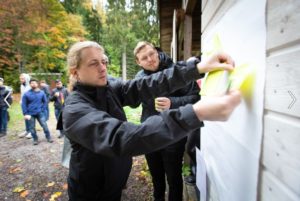
Open Innovation Day is an open innovation day with a theme to inspire, provide insights, and spur action. Twice a year, we take our entire organization outside of the office to generate fresh ideas and creative thinking. We invite experts to share their insights on different themes, such as Safety Culture and All-weather. We then collaborate across the organization to tackle any related problems.
Invention Scoutings are regular workshops with our technology teams to identify patentable ideas. Here we take a specific focus on potential inventions ideas our technology teams have. We sit down twice a year with all of the teams and push those ideas with potential IPR value to our IPR process.
“Complex problems need diverse people and ideas.”
In addition to building a culture for innovation as a whole, we also feel that the activities support in a good way the foundational elements for innovation and creativity:
- Diversity: the activities are open for all organisations
- High task motivation: problems and ideas for the monthly idea jams and hackathons come from the participants themselves
- Creative-thinking skills: we include small creative thinking exercises into the activities where possible
- Domain-specific skills: our people are deep experts in what they do
Measuring innovation
Measuring innovation is both challenging and exciting at the same time. To measure something, you need to define what it is that you want to measure, as you tend to get what you measure. In our case, one strategic focus and KPI is around intellectual property.
We believe that building and nurturing an innovation culture helps us to build a world class IPR portfolio. For that reason, we defined few KPIs for our innovation work to support that goal:
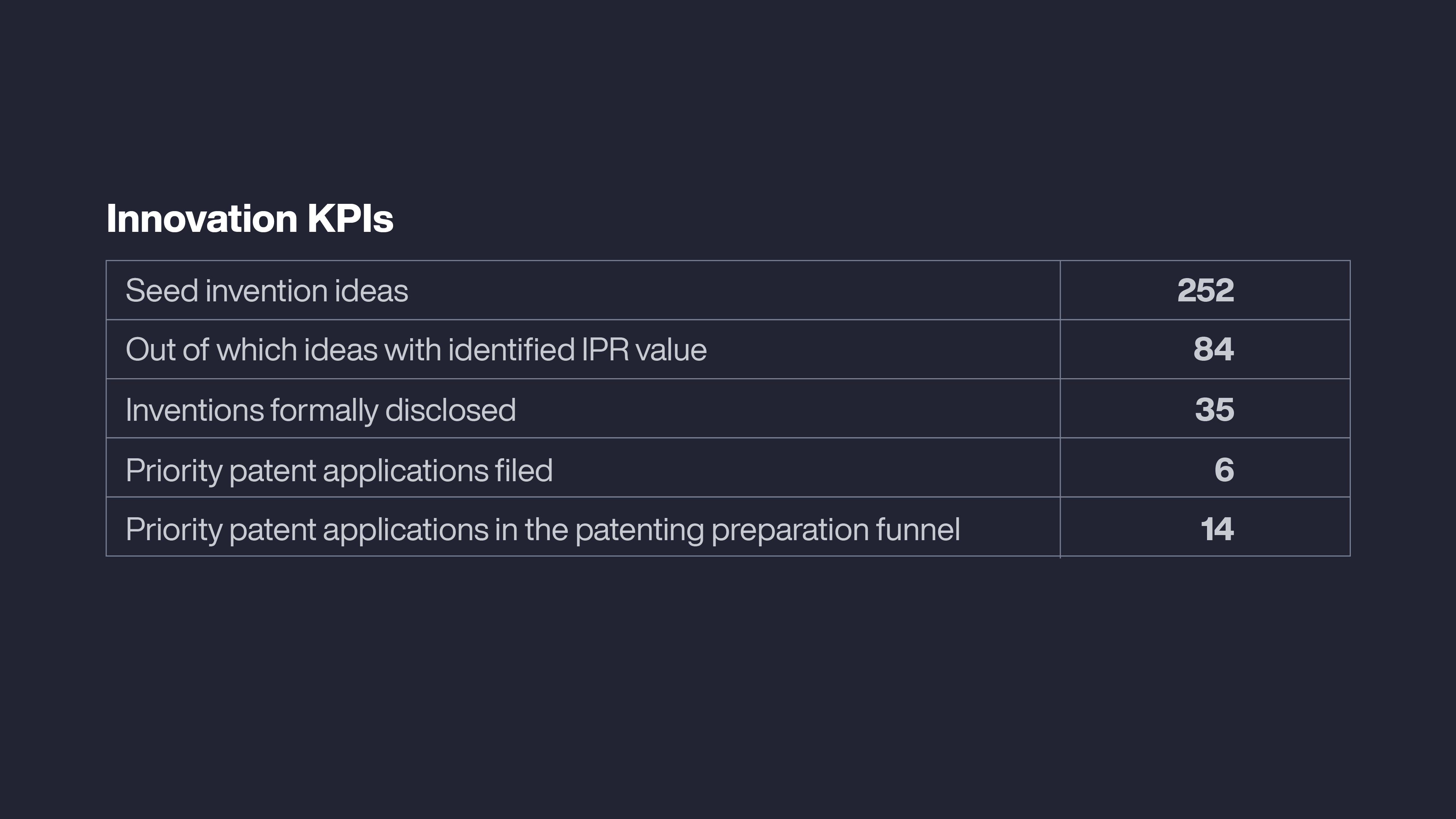
We are building an impressive IPR portfolio in autonomous driving. If you would like to learn more about our innovation activities or share ideas on building an innovation culture, please reach out.

Written by Viljami Lyytikäinen,
Head of Innovation at Sensible 4

